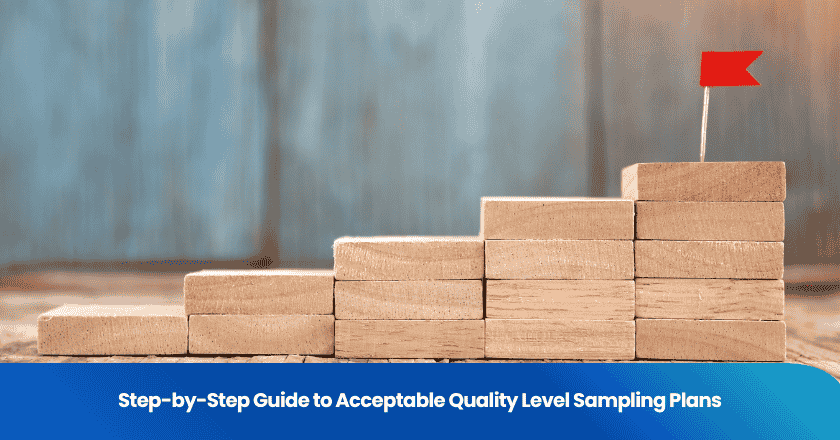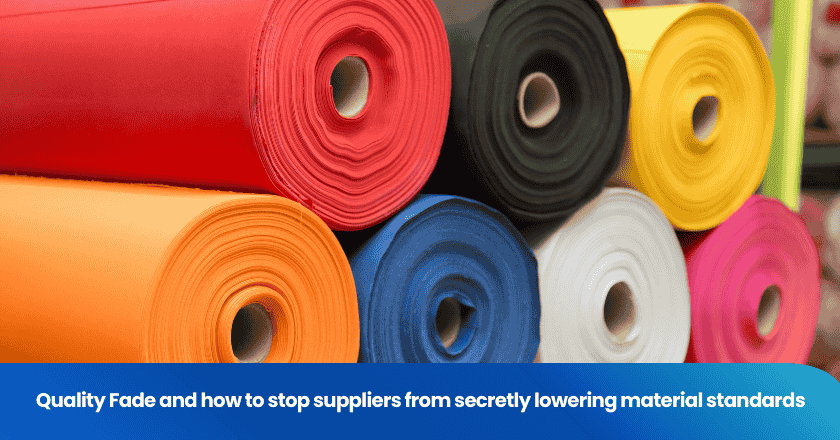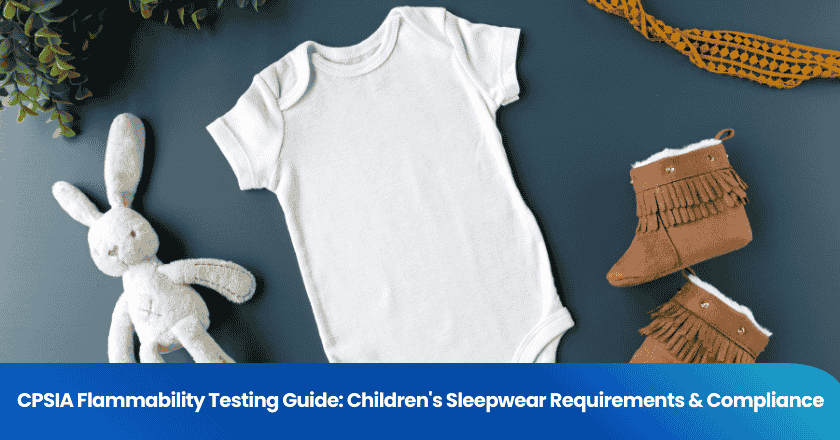
You use an acceptable quality level sampling plan to control product quality in a systematic way. Quality managers and production supervisors rely on aql sampling plans to check if batches meet standards. AQL stands for Acceptable Quality Level, which means the maximum number of defects you allow in a sample before rejecting a lot.
This method helps you make clear decisions and maintain high standards during inspections.
What Is AQL?
Definition
You encounter the term aql frequently in quality control. Aql stands for Acceptable Quality Level. This concept helps you decide how many defects you can tolerate in a batch before you reject it. International standards such as ISO 2859 and ANSI/ASQC Z1.4-2003 define aql and guide its use in inspections. You use aql to set clear limits for product quality. When you inspect a sample, you count the number of defective items. If the number exceeds the aql, you reject the batch. If the defects stay within the aql, you accept the batch.
- The aql determines the maximum number of defective items allowed in a sample batch.
- You set different aqls for minor, major, and critical defects. For example, you often set the aql for critical defects at zero.
- The aql is essential for product inspections and quality control.
- You rely on aql to assess whether a batch meets your standards.
Aql gives you a practical way to measure quality. You do not need to inspect every item. Instead, you use a sample and apply the aql to make decisions quickly and efficiently.
Purpose
You use aql to define the worst quality level you can tolerate for a product. This approach differs from other quality control methods. The table below shows how aql compares to other techniques:
| Aspect | Acceptable Quality Level (AQL) | Other Quality Control Methods |
|---|---|---|
| Purpose | Defines the worst quality level tolerable for a product | Focus on continuous improvement, defect prevention, or statistical monitoring |
| Variation | Varies by product type | Generally consistent across products |
Aql helps you set clear standards for each product type. You adjust the aql based on customer requirements and risk levels. Other methods may focus on preventing defects or monitoring processes, but aql gives you a direct pass/fail criterion. You use the acceptable quality limit to decide if a shipment meets your expectations. This process ensures you maintain consistent quality and satisfy your customers.
Acceptable Quality Level Sampling Plan Steps
Implementing an acceptable quality level sampling plan requires a systematic approach. You need to follow each step carefully to ensure reliable results and maintain product quality. Below is a step-by-step guide that covers the essential stages of the aql sampling method.
Determine Lot Size
Start by identifying the total number of units in your production batch. The lot size sets the foundation for your sampling plan. You must know the exact quantity to select the correct sample size and apply the aql chart accurately.
| Key Components | Description |
|---|---|
| Lot Size | Total number of items in a production batch. |
| Sample Size Code Letters | Used to select the appropriate sample size based on lot size. |
| Acceptance and Rejection Points | Criteria for determining whether a lot meets quality standards. |
Tip: Always verify the lot size with your production records. An incorrect lot size can lead to insufficient sample sizes and unreliable results.
Common Challenge:
A small sample size may not represent the entire batch. Make sure your sample size matches the population and the acceptable quality level.
Select Inspection Level
Choose the inspection level that fits your product and risk tolerance. General inspection levels (I, II, III) are most common, with Level II as the industry standard. Special inspection levels (S-1 to S-4) suit targeted inspections or smaller batches.
| Inspection Level Type | Description | Sample Size Impact |
|---|---|---|
| General Inspection Levels | Levels I, II, III; Level II is standard. | Higher levels require larger sample sizes. |
| Special Inspection Levels | S-1, S-2, S-3, S-4 for specific scenarios. | Can reduce sample size for efficiency. |
| Higher Inspection Levels | More stringent, increased accuracy. | Larger sample sizes increase accuracy. |
| Lower Inspection Levels | Less rigorous, fewer samples checked. | Smaller sample sizes decrease accuracy. |
Note: Confirm the inspection level with all stakeholders before starting. This ensures everyone agrees on the rigor of the inspection.
Identify Defect Types and AQLs
Define the defect categories for your product. Most industries use three types: critical, major, and minor. Assign aql levels to each defect type based on customer requirements and industry standards.
Tip: Use standard aql levels unless your customer specifies otherwise. For consumer goods, set critical defects at 0%, major at 2.5%, and minor at 4.0%.
Use AQL Tables
Consult aql tables to determine your sample size and acceptance criteria. These tables use your lot size and inspection level to provide a sample size code letter. You then find the corresponding sample size and acceptance/rejection numbers.
Tip: Always use the latest aql tables for your industry. Textile and pharmaceutical industries may have different acceptable defect rates.
Common Mistake:
Sampling bias can occur if you do not select samples randomly. Use a random sampling method to ensure your sample represents the entire lot.
Inspect Samples
Examine each unit in your sample for defects. Use the defect definitions and aql levels you established earlier. Document every defect and categorize it as critical, major, or minor.
Standard Inspection Procedure:
1. Determine lot size.
2. Set inspection level.
3. Confirm aql value.
4. Find sample size code letter in the aql tables.
5. Confirm sample size using the sampling plan table.
6. Establish acceptance and rejection criteria.
Tools such as Sampling Plan Analyzer and OpsNinja can help you track defects and analyze trends during inspection.
Common Challenge:
Inconsistent quality standards can lead to confusion. Train inspectors and communicate standards clearly to avoid misinterpretation.
Decide Accept or Reject
Compare the number of defects found to the acceptance and rejection numbers from the aql tables. Use the aql chart to make your decision.
| Defect Type | Acceptable Defects | Reject if Defects |
|---|---|---|
| Critical | 0 | 1 or more |
| Major | 1 | 2 or more |
| Minor | 2 | 3 or more |
Acceptance sampling allows you to make statistically valid decisions without inspecting every item. If the number of defects is within the aql levels, accept the lot. If defects exceed the limit, reject or rework the batch.
Note: In regulated industries, acceptance sampling helps manage risks and reduces unnecessary over-inspection.
Common Mistakes and How to Avoid Them:
1. Do not focus only on paperwork. Understand the process and inspect thoroughly.
2. Collaborate with process owners. Build trust and compliance.
3. Pay attention to minor deviations. Small issues can become major risks.
Troubleshooting Table
| Challenge | Description |
|---|---|
| Insufficient Sample Size | A small sample size can lead to inaccurate results. Determine the appropriate sample size based on population and aql. |
| Sampling Bias | Non-random selection leads to inaccurate results. Use random sampling methods. |
| Inconsistent Quality Standards | Quality standards not clearly defined or interpreted differently. Communicate and train inspectors for consistency. |
Training resources and quality associations offer flexible sampling plans and documentation to help you set up and validate your acceptable quality level sampling plan.
Acceptable Quality Limit in Practice
Setting Limits
You set the acceptable quality limit by defining how many defects you can tolerate in a batch before you reject it. The aql acts as your guide. You use the aql to set thresholds for different defect categories. For example, you might set a 1.0% aql for critical defects, a 2.5% aql for major defects, and a 4.0% aql for minor defects. Lower percentages mean stricter quality standards. You must classify defects into three groups:
- Critical: These defects pose safety risks.
- Major: These defects affect usability.
- Minor: These defects have little impact on function.
You also choose an inspection level, such as GI, GII, or GIII. Higher inspection levels require you to check more units and apply stricter aql standards. In high-risk industries, you must add extra layers of defense. You focus on human performance, regulatory compliance, and risk management. You monitor trends and anticipate out-of-trend results to keep your process within the acceptable quality limit. In aerospace, you use advanced planning and traceability to meet strict aql requirements. You adapt your acceptable quality limit to match the safety and regulatory needs of your industry.
Making Decisions
You use the acceptable quality limit to make clear pass or fail decisions during inspections. The aql tells you how many units to inspect and how many defects you can accept. You sort defects into critical, major, and minor categories. If the number of defects stays within the acceptable quality limit, you accept the batch. If defects exceed the aql, you must reject, rework, or replace the batch. Your acceptable quality limit sampling plan gives you a structured way to apply these rules.
- The aql defines the maximum defects allowed before rejection.
- You use the aql to set acceptance criteria for each inspection.
- If a batch fails to meet the acceptable quality limit, you take corrective action.
You must align your acceptable quality limit with customer expectations. Customers expect you to deliver products that meet their standards. You use the aql to ensure your shipments meet these expectations. In regulated industries, you must also meet strict compliance rules. You monitor trends, not just individual results, to keep your process within the acceptable quality limit. This approach helps you avoid regulatory issues and maintain trust with your customers.
Tip: Always communicate your acceptable quality limit and aql standards with your team. Clear communication helps everyone understand the acceptance criteria and reduces the risk of errors.
You use the aql and acceptable quality limit to protect your brand, satisfy your customers, and meet industry standards. By following these steps, you make confident decisions and maintain high product quality.
You gain significant advantages by following an acceptable quality level sampling plan. The method saves costs, provides flexibility, and delivers clear decisions based on statistical analysis.
Consistent use of AQL sampling plans helps you maintain product quality and minimize risk. You should regularly review your sampling procedures and consult AQL tables before each inspection to ensure reliable quality control outcomes.
FAQ
What does AQL stand for?
AQL stands for Acceptable Quality Level. You use it to define the maximum number of defects allowed in a sample before you reject a batch.
How do you choose the right AQL value?
You select the AQL value based on product type, customer requirements, and industry standards. Lower AQL values mean stricter quality control.
Can you use AQL sampling for every product?
You can apply AQL sampling to most products. However, you should always check if your industry has specific regulations or stricter requirements.
What happens if a batch fails the AQL inspection?
If your batch fails, you must reject, rework, or replace it. You cannot ship products that do not meet the acceptable quality limit.
Why is random sampling important in AQL inspections?
Random sampling ensures your sample represents the entire batch. This method helps you make fair and accurate quality decisions.
Grow your business with TradeAider Service
Click the button below to directly enter the TradeAider Service System. The simple steps from booking and payment to receiving reports are easy to operate.



